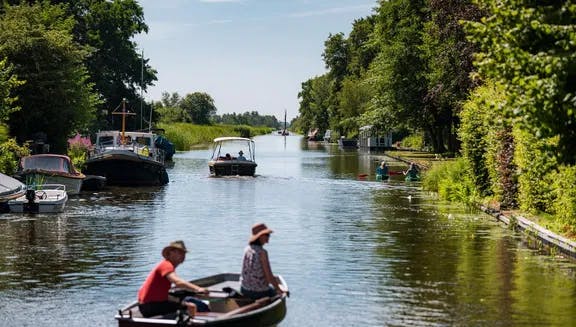
Oostelijk Havengebied then and now
History

In the 17th and 18th centuries, the Dutch East India (VOC) built its ships on the eastern side of the city, and the Kattenburg, Wittenburg, Oostenburg and the Czaar Peterbuurt became trading hubs buzzing with merchants, sailors and shipyard workers. The islands we see today are made up of almost entirely artificial peninsulas, which were constructed between 1874 and 1927 with soil extracted from the North Sea Canal. These narrow elongated islands could receive the larger freight and passenger ships from America, Africa and the former Dutch East and West Indies. In 1894 the Dutch Shipbuilding Company was founded here. By 1937, they were considered one of the largest and most innovative shipbuilding companies in the world, and were forced to expand to a more spacious terrain on the northern banks of the IJ that we now know as NDSM.
After the shipping industry left this part of town, from 1970 to 1985, the Eastern Docklands became inhabited by urban nomads, artists and squatters. These residents prevented the ports from being filled in, demolished and redeveloped until the municipality began to encourage the construction of private homes and luxury rental properties. Modern architecture and urban allure became important for the development of this area and old warehouses were reused for apartments and new residential blocks.
Vibe today

Today, the Oostelijk Eilanden (Eastern Docklands) is a luxurious and striking residential area known for its quirky architecture, recognisable canals and photogenic bridges. Entirely surrounded by water, the neighbourhood is great for walking and cycling, finding a spot to swim on a warm day or visiting the various design shops and galleries. As befits a modern Amsterdam neighbourhood, there are also heaps of unique places to eat, drink and go out. On sunny days, crowds gather on the terraces of the area’s many microbreweries, including at Brouwerij ‘t IJ, the famous taproom housed in a historic windmill. Likewise, the former warehouses and shipyard buildings along the Entrepotdok or around the Marineterrein have since been converted into exhibition spaces, waterside bars and fine-dining restaurants.
As the area grows in size and popularity, it's also breeding more and more diverse and lively cultural offerings; it is home to the Muziekgebouw aan ‘t IJ concert hall, Bimhuis - the temple of modern jazz music as well as multidisciplinary venues such as Pakhuis de Zwijger and Mezrab, a true hub for storytelling, comedy and spoken word. One of the most famous buildings in the area is the Maritime Museum, which is worth a visit just for the building alone. The imposing building built in 1656 once stored munitions for Dutch war fleets, but now holds beautiful collections about the Dutch shipping industry.
Related articles

Things to do in the Oostelijk Havengebied
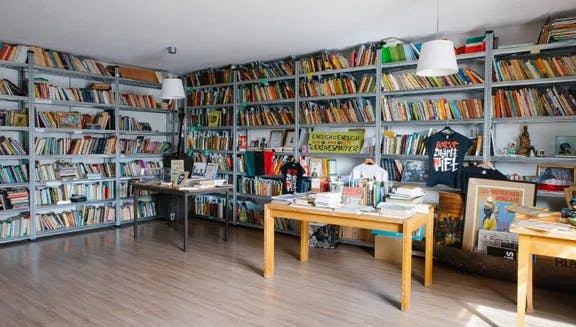
Art and culture in the Oostelijk Havengebied

Family and kids in the Oostelijk Havengebied
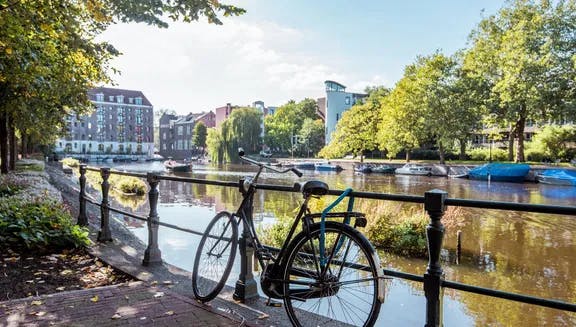
Nature and active in the Oostelijk Havengebied

Restaurants and bars in the Oostelijk Havengebied
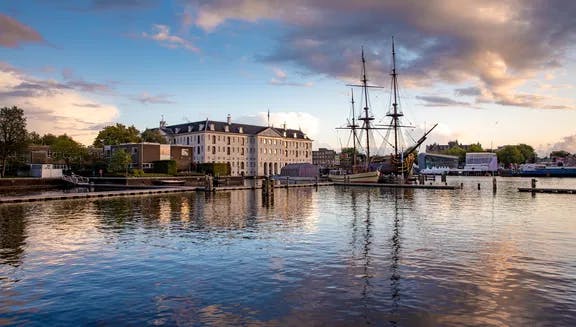
Maritime Trade walking route
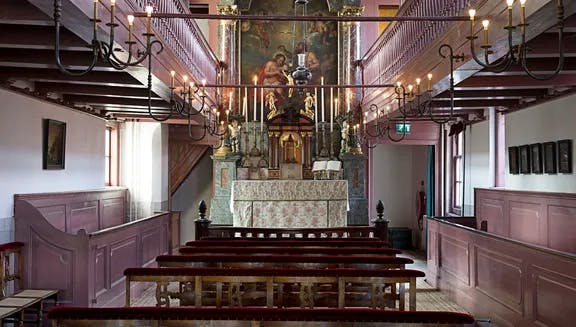
Amsterdam’s best hidden gems

NDSM then and now

Unique things to do with kids in the Amsterdam Area
